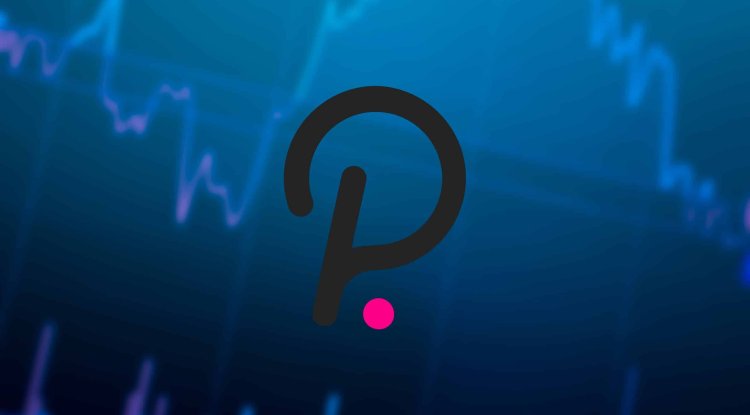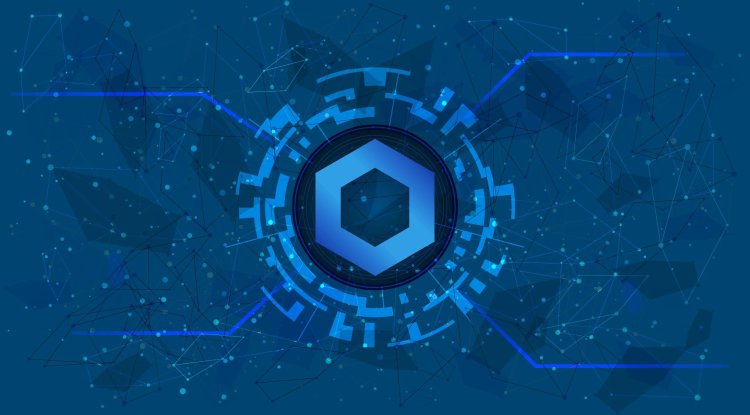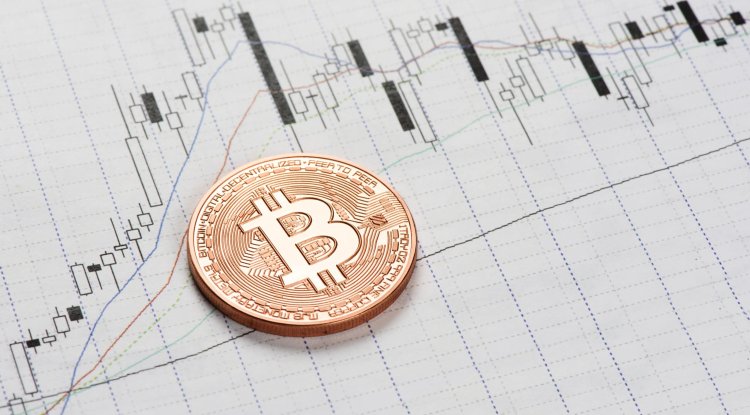What is Polkadot? (DOT)
Polkadot is software that seeks to encourage a global computer network to manage a blockchain on top of which users can run and manage their own blocks.

Polkadot is software that seeks to encourage a global computer network to manage a blockchain on top of which users can run and manage their own blocks. In this way, Polkadot is one of many competing blockchains aimed at developing cryptocurrency ecosystems, of which other notable examples include Ethereum (ETH), Cosmos (ATOM) and EOSIO (EOS).
However, Polkadot was launched in 2020 and it is among the latest to introduce a number of new technical features towards its ambitious goal.
For starters, Polkadot is designed to manage two types of blocks. The main network, called the relay chain, where transactions are permanent, and user-created networks, are called parachains. Parachains are specific parts of the blockchain that are integrated into the Polkadot and Kusama (KSM) networks.
Parachains can be customized for any number of uses and entered into the main blockchain, so parachain transactions benefit from the same main chain security. With this design, Polkadot’s team claims that transactions can be kept secure and accurate using only the computing resources needed to run the main chain. Users, however, get the added benefit of being able to customize many parachutes for different purposes.
The Polkadot team believes that this design will enable users to perform transactions more privately and efficiently, creating blocks that do not reveal user data to the public network or that otherwise process a larger number of transactions.
To date, Polkadot has raised approximately $200 million from investors in two sales of its DOT cryptocurrency, making it one of the best-funded blockchain projects in history. Users who want to stay connected with the current status of the project development can follow the official map of the Polkadot project for the latest details and information. How does Polkadot work?
The Polkadot network allows the creation of three types of blocks.
- Relay chain - is the main Polkadot blockchain. This network is where transactions are finalized. To achieve higher speeds, the relay chain separates the addition of new transactions from the act of confirming those transactions. Because of this model, Polcadont can perform over 1000 transactions per second, according to 2020. testing.
- Parachains - Parachains are custom blocks that use relay chain computing resources to verify that transactions are accurate.
- Bridges - Bridges allow the Polkadot network to interact with other blocks. Work is underway to build bridges with blockchains such as EOS, Cosmos, Ethereum and Bitcoin, which would enable the exchange of tokens without centralized exchange.
In order to keep its network in compliance with the state of the system, the Polkadot relay chain uses a variation of consensus on proof of participation (PoS) called nominated proof of role (NPoS). This system allows anyone who invests a DOT, by concluding a cryptocurrency in a separate contract, to perform one or more of the following roles necessary for its functioning:
- Validators - Validate data in parachain blocks. They also participate in the vote on changes to the network and consensus.
- Nominators - Secure the relay chain by selecting reliable validators. Nominees delegate their invested DOT tokens to validators and thus assign them votes.
- Collectors - are nodes that run the entire history of each parachain and aggregate data on parachain transactions into blocks to add to the relay chain.
- Fishermen - They overrun the Polkadot network and report bad behavior to validators.
Users who participate in DOT and perform these roles are also eligible to receive DOT awards. Polkadot control structure
Three types of Polkadot users can influence software development and they include:
- DOT Owners - Anyone who buys DOT tokens can use their DOT tokens to suggest changes online and approve or reject major changes suggested by others.
- Council - is chosen by the owner of the DOT: The members of the council are responsible for proposing and determining the changes proposed by the DOT holders, which are entered into the software. Fewer votes are needed to approve changes by Council members than with ordinary DOT owners.
- Technical Committee - is composed of teams that are actively building Polkadot. This group can make special suggestions in case of a state of emergency. The members of the technical committee are voted by the members of the Council.
Since they share a common founder, there has been a lot of speculation about how Polkadot differs from Ethereum. In fact, Polkadot and the upcoming major update to Ethereum, known as Ethereum 2.0, share many similarities in design and performance.
Both networks manage the main blockchain, where transactions are finalized and enable the creation of many smaller blocks that use its resources. Both technologies use investment instead of the mining as a means of network synchronization.
Research is underway on how transactions between networks can be made interoperable. For example, Parity has developed a technology for users who may want to deploy applications using Ethereum code and community, but this would work on Polkadot.
Finally, developers can use the Polkadot development framework to simulate a copy of the Ethereum blockchain, which can be used in their own custom blockchain design.






































